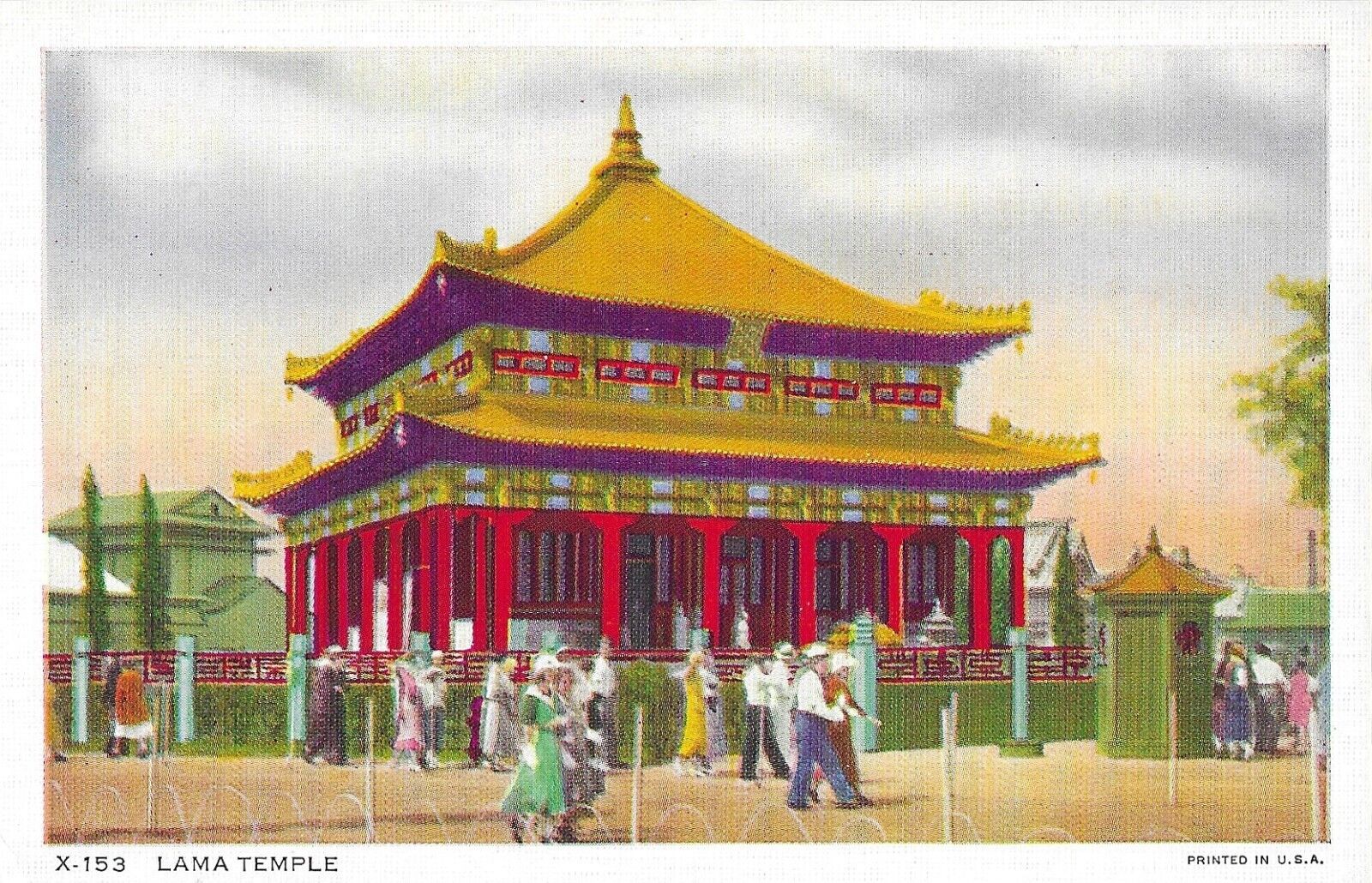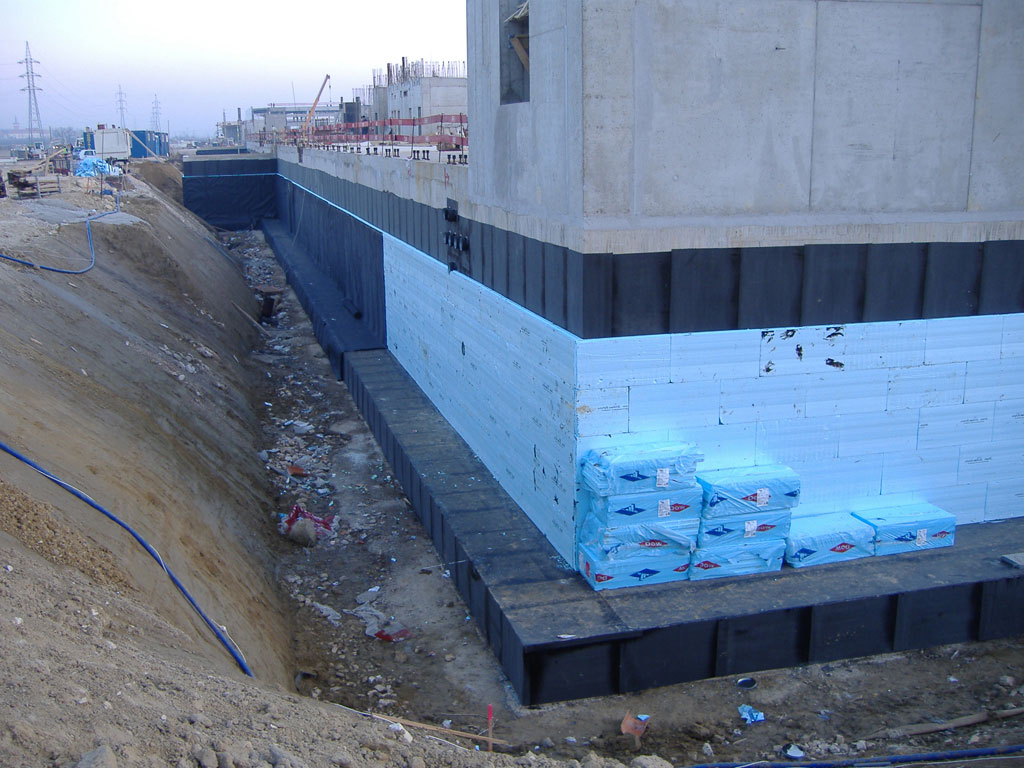Today In Chicago History: A Century Of Progress

Table of Contents
The Rise of Chicago (Late 19th and Early 20th Centuries): A Foundation for Progress
Chicago's meteoric rise in the late 19th and early 20th centuries laid the groundwork for its future prominence. Several key factors fueled this incredible growth, transforming a recovering city into an industrial powerhouse.
The Great Chicago Fire and its Aftermath: Reconstruction and Urban Planning
The Great Chicago Fire of 1871, a devastating event that leveled much of the city, paradoxically spurred significant progress. The subsequent rebuilding efforts showcased innovative urban planning and architectural advancements.
- Improved Building Codes: The fire led to the implementation of stricter building codes, incorporating fire-resistant materials and improved building designs.
- Modern Infrastructure: The rebuilding process included the development of a more extensive and efficient water supply system and improved sanitation infrastructure.
- Architectural Innovations: The city embraced new architectural styles, leading to the construction of iconic buildings that showcased innovative techniques and materials. Daniel Burnham's contributions to the city's planning and rebuilding are particularly noteworthy.
- Key Figures: Individuals like William Le Baron Jenney, known for his pioneering work in skyscraper design, played a crucial role in shaping the city's skyline.
The Industrial Boom and Immigration: Fueling Chicago's Growth
Chicago's strategic location and access to vital resources fueled an unprecedented industrial boom. The city became a central hub for meatpacking, steel production, and railroad transportation.
- Meatpacking Industry: Chicago's Union Stock Yards became the world's largest meatpacking center, attracting thousands of workers and contributing significantly to the city's economy.
- Steel Production: The burgeoning steel industry provided jobs and fueled construction projects across the city.
- Railroad Hub: Chicago's extensive rail network made it a vital transportation hub, facilitating trade and commerce throughout the nation.
- Immigration: Large waves of immigrants from Europe and beyond contributed significantly to the city's workforce and its vibrant cultural mosaic. Their diverse skills and traditions enriched Chicago's social fabric.
Early 20th Century Innovations: Shaping Modern Chicago
The early 20th century witnessed significant advancements in various sectors, fundamentally altering the urban landscape and daily life in Chicago.
- Skyscrapers: Chicago became synonymous with skyscrapers, with innovative designs pushing the boundaries of architectural engineering.
- Transportation Advancements: The development of elevated trains (the "L") and an extensive streetcar network revolutionized transportation within the city.
- Mass Media: The emergence of newspapers, radio, and early forms of cinema connected Chicagoans and shaped public opinion.
The Century of Progress Exposition (1933-1934): A Landmark Event
The Century of Progress International Exposition, also known as the Chicago World's Fair, was a pivotal event that showcased Chicago's resilience and its vision for the future.
The World's Fair and its Impact on Chicago's Image
The World's Fair attracted millions of visitors and significantly boosted Chicago's image on the global stage.
- Architectural Marvels: The fair featured stunning architecture, including the iconic Skyride, which provided breathtaking views of the city.
- Technological Advancements: Visitors experienced cutting-edge technologies, demonstrating the rapid pace of innovation.
- Cultural Influence: The fair's diverse exhibits showcased art, music, and cultural traditions from around the world.
- Economic Impact: The event generated significant economic activity and created jobs.
Architectural Innovations and the Modernist Movement
The Century of Progress Exposition played a crucial role in popularizing the Art Deco and Modernist architectural styles.
- Streamlined Modernism: The fair's architecture reflected the sleek, streamlined aesthetic of the era.
- Prominent Architects: The fair showcased the work of influential architects who shaped Chicago's skyline.
- Long-lasting Influence: The architectural styles showcased at the fair continue to influence Chicago's urban landscape today.
Post-War Boom and Beyond: Continued Growth and Transformation
Following World War II, Chicago experienced another period of significant growth and transformation.
Post-War Urban Renewal and Development
The post-war era saw substantial urban renewal projects and suburban expansion.
- Suburban Growth: The construction of expressways facilitated suburban development, leading to a significant outward migration.
- Urban Renewal Projects: While some urban renewal projects improved infrastructure and living conditions, others led to displacement and the loss of historical neighborhoods.
- Expressway Construction: The development of the expressway system significantly altered the city’s layout and transportation patterns.
Cultural Flourishing and Modern Chicago
Chicago's vibrant arts and culture scene continued to flourish in the post-war era.
- Music Scene: Chicago's music scene thrived, with the emergence of blues, jazz, and other genres.
- Theater and Museums: The city's theater scene and museums became major cultural attractions.
- Cultural Institutions: The Art Institute of Chicago, the Museum of Science and Industry, and other institutions played key roles in shaping Chicago's cultural identity.
Reflecting on Chicago's Enduring Progress
From the devastation of the Great Chicago Fire to the triumphs of the Century of Progress Exposition and beyond, Chicago's history is a testament to its resilience, innovation, and cultural richness. The city’s relentless drive for progress has shaped its identity as a global metropolis. Understanding Today in Chicago History: A Century of Progress allows us to appreciate the layers of history that have shaped the Chicago we know today.
Dive deeper into Chicago's fascinating history by exploring the Art Institute of Chicago or the Chicago History Museum. Discover more about the impact of the Great Chicago Fire and witness the enduring impact of Today in Chicago History: A Century of Progress for yourself!

Featured Posts
-
 Leeds United Considering Shock Kalvin Phillips Transfer
May 28, 2025
Leeds United Considering Shock Kalvin Phillips Transfer
May 28, 2025 -
 Jawa Timur Update Cuaca Hari Ini Dan Prediksi 24 Maret
May 28, 2025
Jawa Timur Update Cuaca Hari Ini Dan Prediksi 24 Maret
May 28, 2025 -
 A Karpat Medencei Noevenytermesztes Kihivasai A Talajnedvesseg Es A Homerseklet Hatasa
May 28, 2025
A Karpat Medencei Noevenytermesztes Kihivasai A Talajnedvesseg Es A Homerseklet Hatasa
May 28, 2025 -
 Treylr Benisio Del Toro V Noviya Film Na Ues Andersn
May 28, 2025
Treylr Benisio Del Toro V Noviya Film Na Ues Andersn
May 28, 2025 -
 Bts Featurette The Making Of The Phoenician Scheme World
May 28, 2025
Bts Featurette The Making Of The Phoenician Scheme World
May 28, 2025
